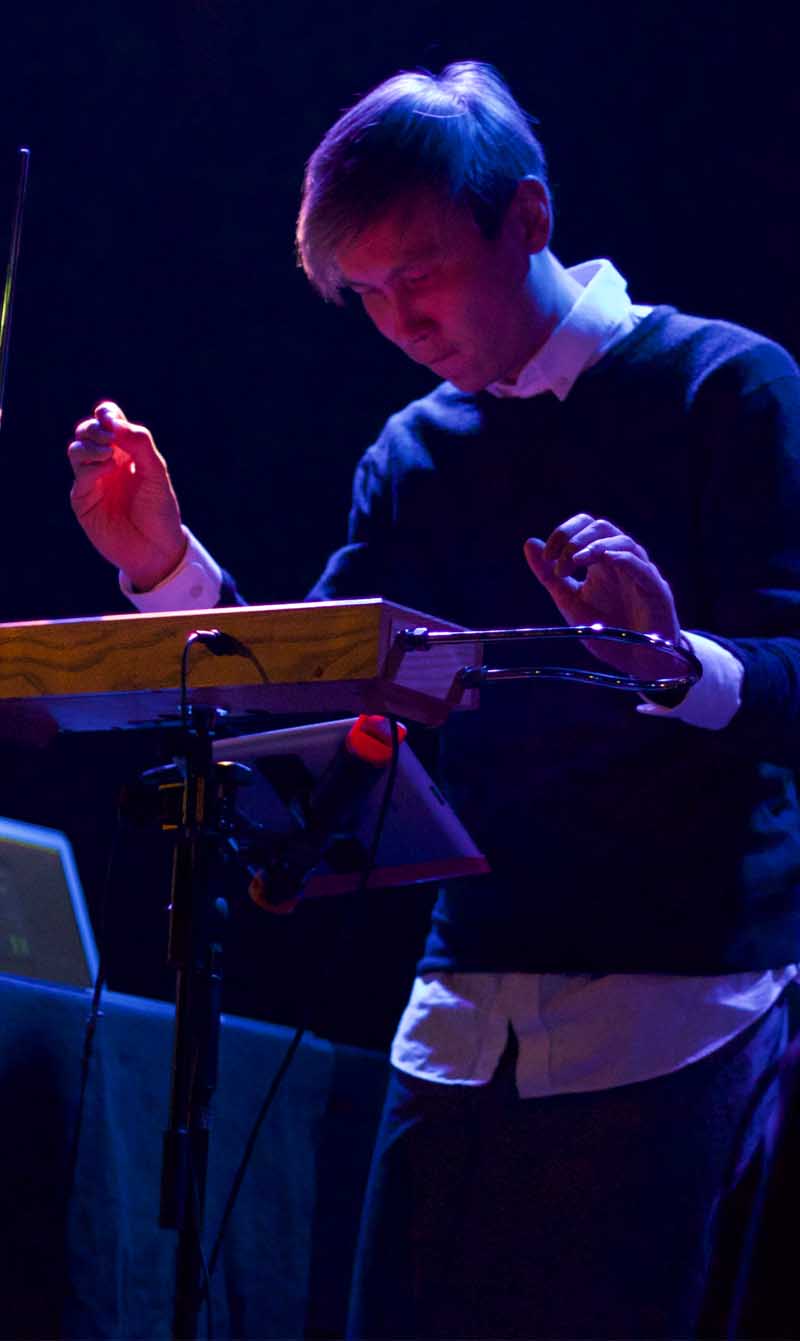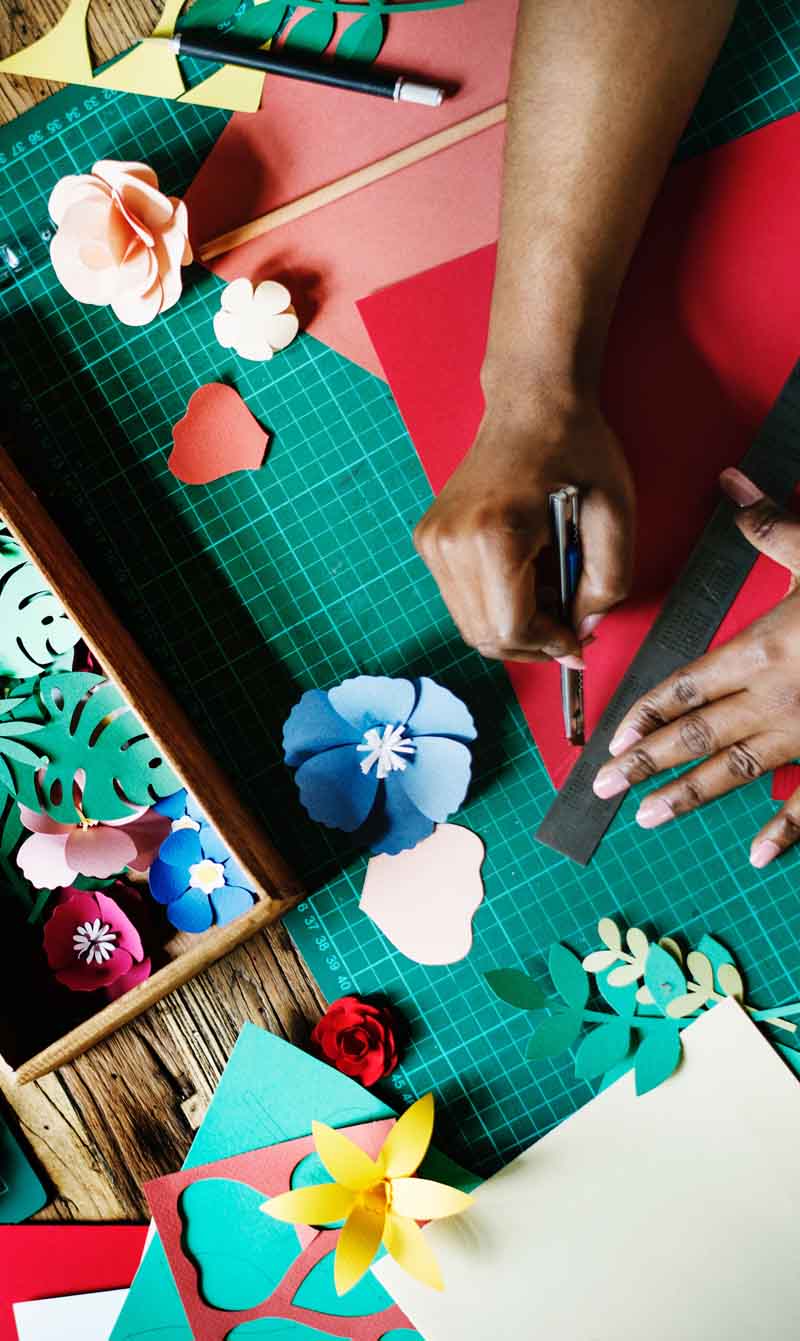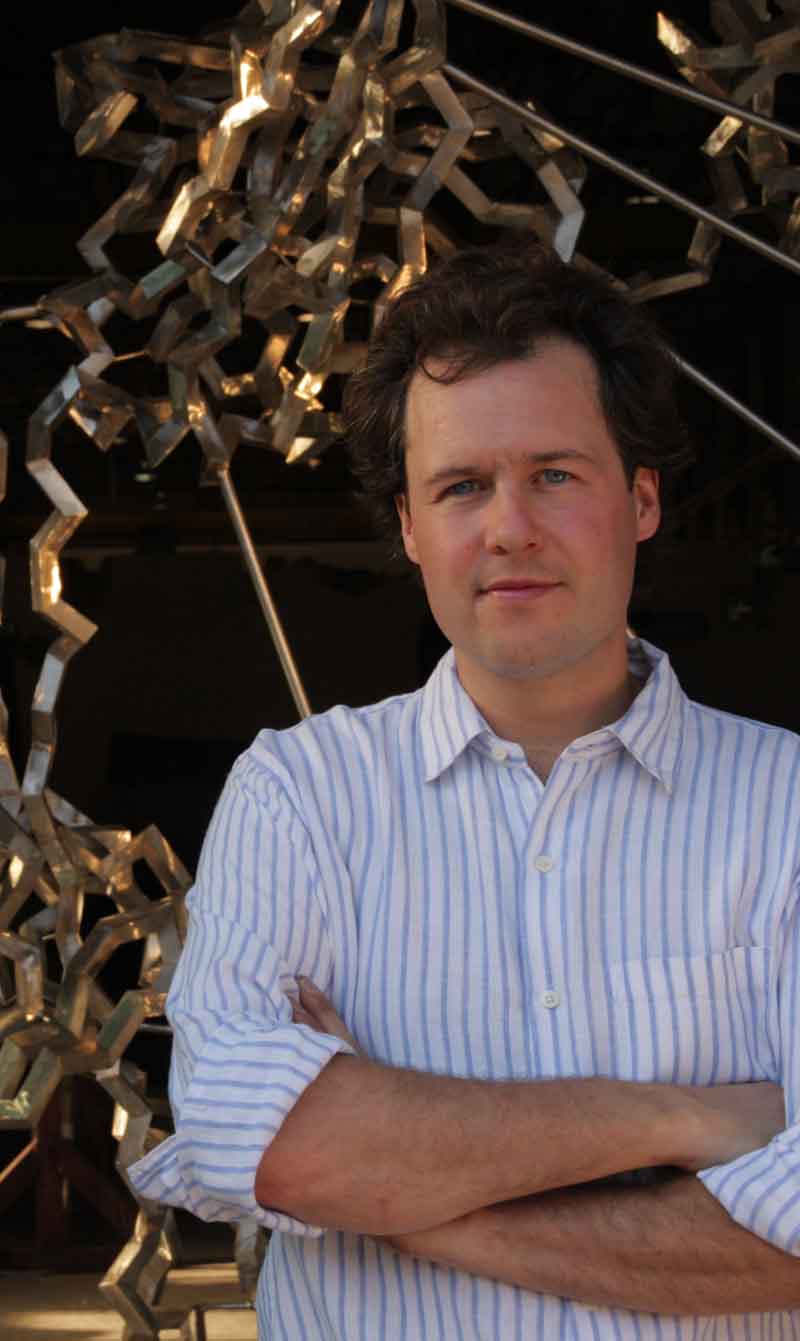Contemporary calligraphy in Indonesia
Prof. Emeritus. A.D. Pirous, from Aceh, Indonesia, is one of the pioneers of contemporary calligraphy in the art world. The featured artist showcased some of his works at the Visual Arts Exhibition this year and shares his experience.
Why have you chosen calligraphy as a focus to your works?
It started with an intention to express art embodied with the spirit of Islam. I selected chapters and verses to grasp their contextual meanings in connection with our everyday social life, which I believe has become complex today. I believe readability and clarity are both equally important to make my work relevant.
I want my works not just to be easily read, but as any work of art, should help people understand more about life and people. This is the spirit of Islam and I hope my calligraphic paintings will attain that goal.
How did growing up in Aceh contribute to your inclination towards Islamic paintings?
Born in Aceh in 1932, I was raised in a family with a strong Acehnese cultural background and therefore, am familiar with Acehnese visual elements, artefacts, ornaments, stories, memories, sounds, and everything else. When I was 18, I left for Medan, then Bandung in 1950’s to pursue my studies.
Being in a modern university I was exposed to modernity with a particular western-based academic curriculum, which sometimes did not relate to the cultural background I was familiar with. It left me with intriguing questions about identity, and nationality. The never-ending questions developed during my short visit to the US in 1970.
I was exposed to the world’s finest art through museums, exhibitions, and galleries that featured rich Islamic visual representations in many forms and styles and also the possibilities of calligraphic art. That experience transported me back to my personal memories as an Acehnese Muslim, about traditions, and all the familiar artefacts back home. These sentiments were so strong they managed to shift my creative intuition closer to my religious belief. I believed that my art should represent all the possible meanings of being a Muslim.
Explain how you merge the 2 styles, abstract and calligraphy, and why?
I started my formal studies of fine arts in 1955, at Bandung Institute of Technology. It was a centre of modern arts in Indonesia at the time. It recognised the western school of thought where I was introduced to new ways of doing art. The modern perspectives were scientific, measured, full of sophisticated techniques and forms, composition, spatial perspective, various techniques of colourings, ways of doing anything decorative, and non-figurative. My understanding of calligraphic paintings expanded beyond religious purpose, to a more universal comprehension of humanity and civilisations.
A calligraphic painting is a moment where aesthetic satisfaction and ethical messages meet in a harmonious setting.
What are your thoughts on the growing global interest of Islamic arts and heritage expressed through young Muslims’ art pieces?
In 1991, I was fully in charge, as vice executive committee in a national scale event called Istiqlal Festival in Jakarta, the second edition was held in 1995. Istiqlal Festival was a state-sponsored festival that took place in the Istiqlal Mosque, which lasted for one month and was attended by 6 million visitors. Istiqlal Festival aims to be a platform that bridges cultural differences, enabling participants and modern artists from different countries and backgrounds to share their ideas about Islamic art.
The exhibition featured Islamic representations through various forms of cultural expressions including artefacts, musical repertoires, and a variety of performances. Here, the audiences are given the opportunity to appreciate Islam in the context of a cultural exchange rather than an ideology to better understand human differences and intercultural dialogues.
“Smiling Islam” was one of the messages that were carried out throughout the festival. It was hoped that the festival could give a new understanding about how Islam should be understood.
What are your thoughts on MOCAfest, a platform for cultural exchanges between the Muslim and non-Muslim world?
There is no clear-cut divide between the Muslim and non-Muslim world. What we should be addressing is whether we are going in the right direction?
I think there is a global effort in trying to uplift the world’s economy by recognising cultures
as something with economic potential. Cultures do give economic value and creativity is something related to production. That is how globalisation works to boost national, regional and global economy. What is of equal importance are those who are affected by these policies.
Indonesia is a good example of how local artisans; craftsmen all over the island are struggling. Balinese-Hindu local artists and Muslim artists have not really thought about the intercultural dialogues through their arts. There are still not enough collaborative efforts to think and act according to today’s global problems.
The government should play their part in providing strategic solutions to endorse, finance, and support more cultural events, not just boost the market. In the existing economic paradigm, the function of art “between worlds” needs to be strengthened. Therefore, MOCAfest has to work towards narrowing the gap between Islam and “The Others”.





